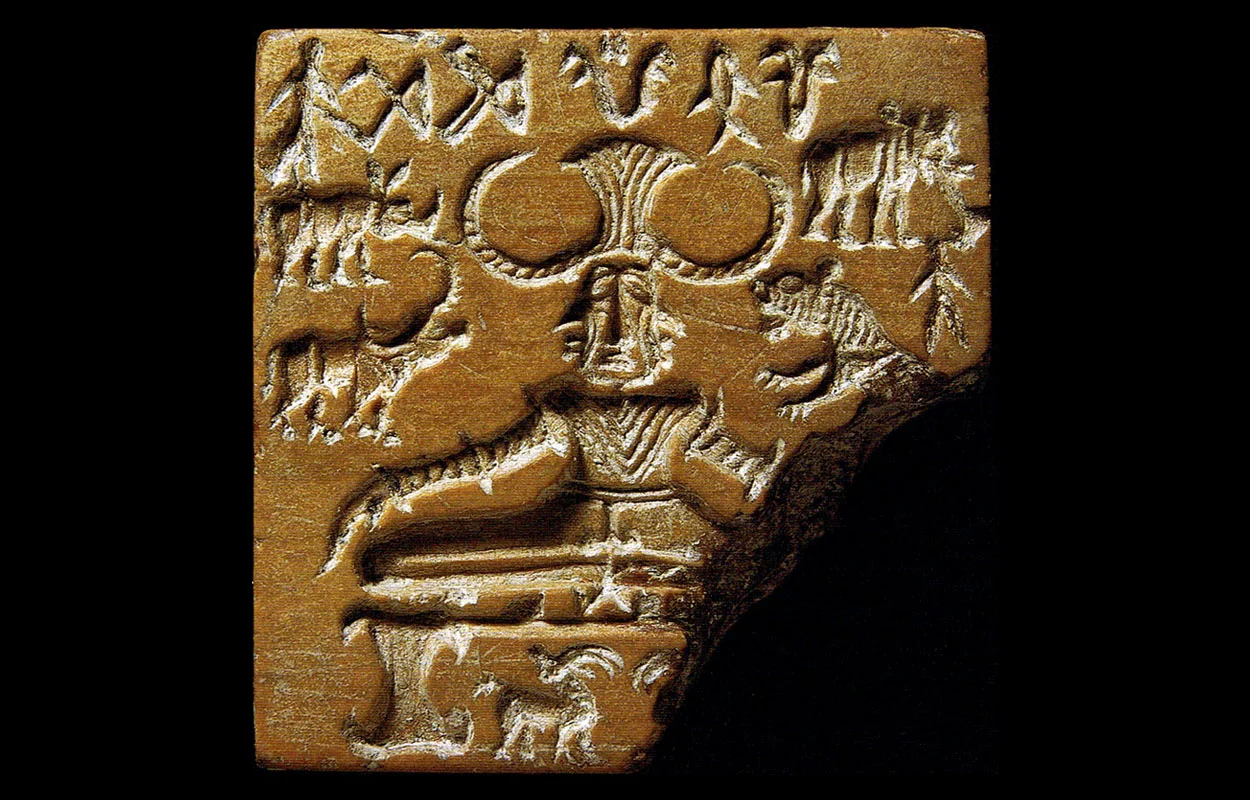In a recent press statement, Tamil Nadu Chief Minister Muthuvel Karunanidhi Stalin announced a $1 million prize to anyone who can successfully decipher the Indus Valley script.
The Indus Valley script, also known as the Harappan script, is a corpus of symbols left behind by the Indus Valley Civilisation (IVC).
The civilisation emerged in the fertile alluvial plains of the Indus River in the northwestern regions of South Asia from around 3300 BC during the Bronze Age.
More than a thousand sites of the IVC have been documented, the most prominent among them being the five major urban centres: Mohenjo-daro in the lower Indus Valley, Harappa in the western Punjab region, Ganeriwala in the Cholistan Desert, Dholavira in western Gujarat, and Rakhigarhi in Haryana.
Just as the hieroglyphics of Ancient Egypt remained a mystery until the discovery of the Rosetta Stone, the Indus script has long puzzled archaeologists. It first came to worldwide attention in 1875 following the publication of a seal by Sir Alexander Cunningham.
The script generally consists of a short series of symbols that are primarily found on stamp seals, pottery, bronze and copper plates, tools, and weapons. No extant examples of the script have been found on perishable organic materials, nor do they adorn the large IVC monuments as architectural features.
Numerous attempts have been made to decode the Indus script, yielding varying levels of success. Scholars have investigated possible links to Dravidian, Sanskrit, and other language families; however, no definitive consensus has been established.
Header Image Credit : Public Domain





